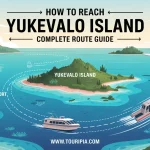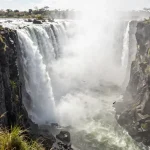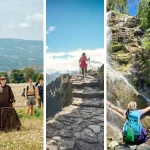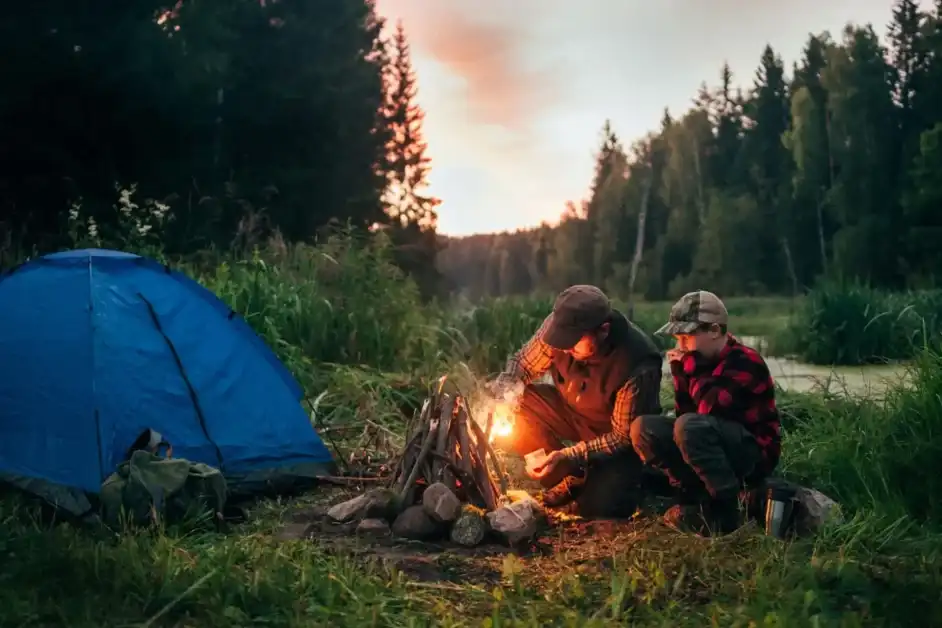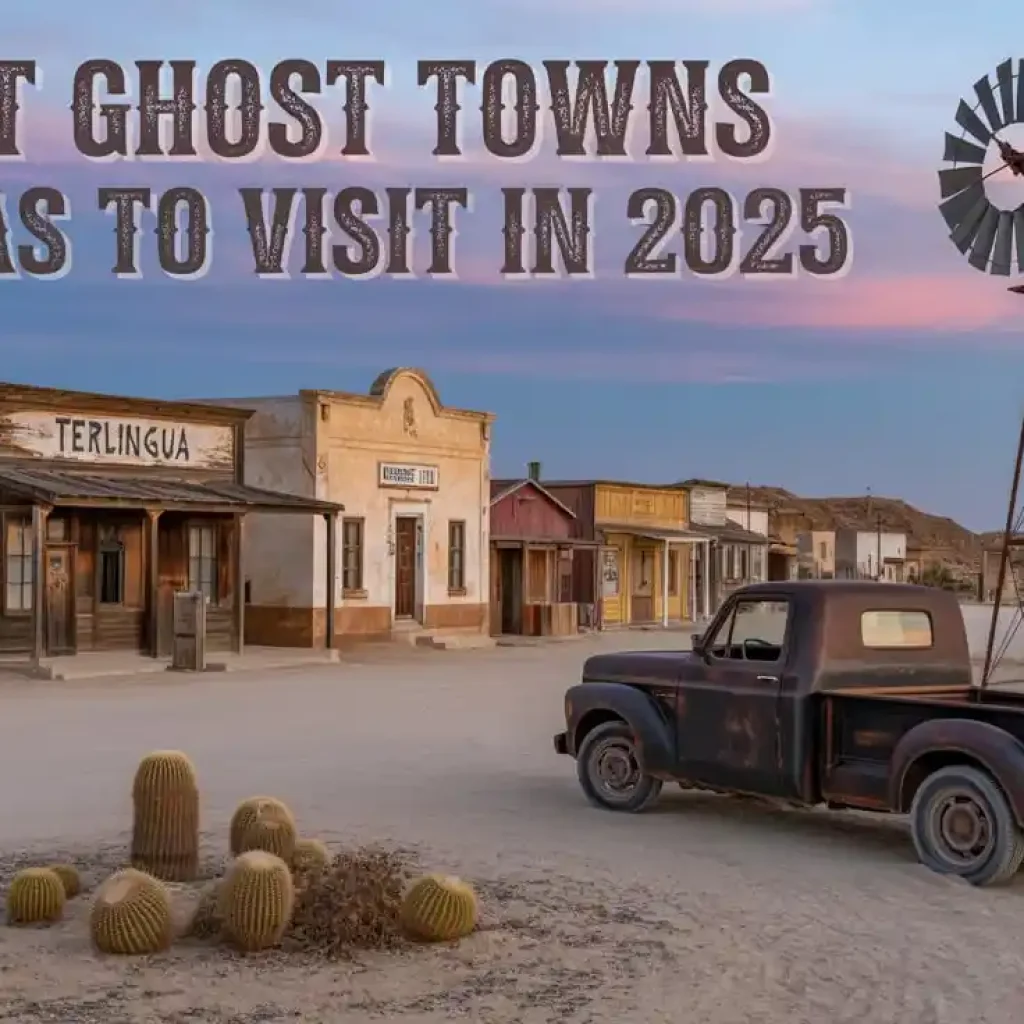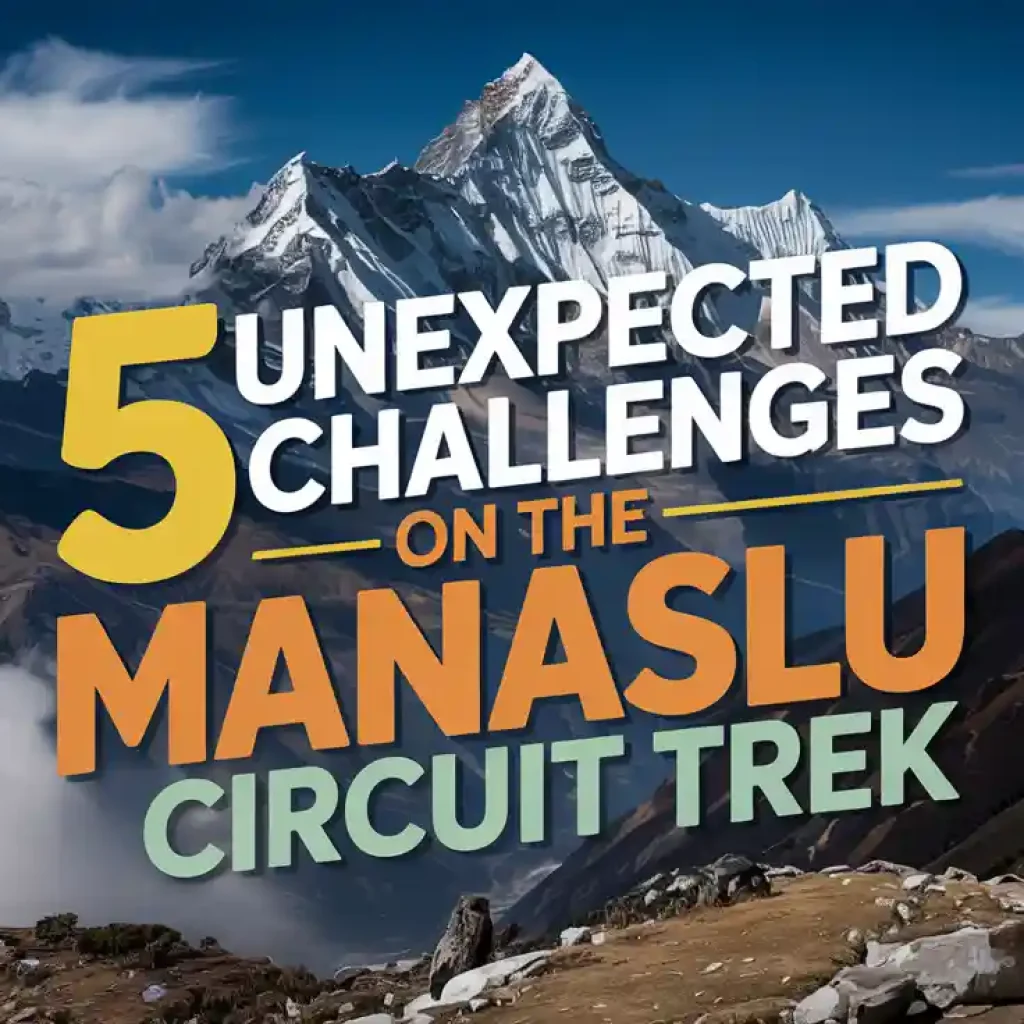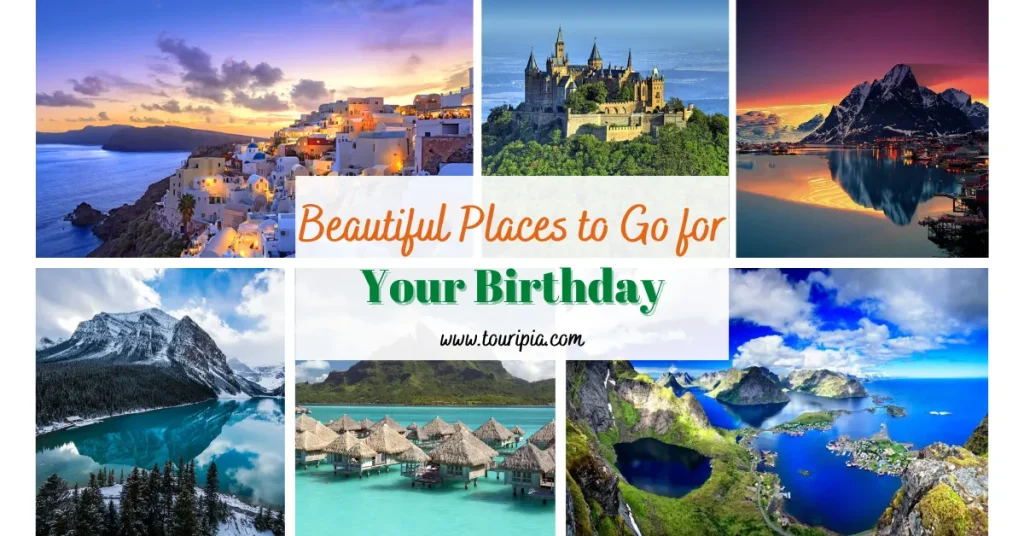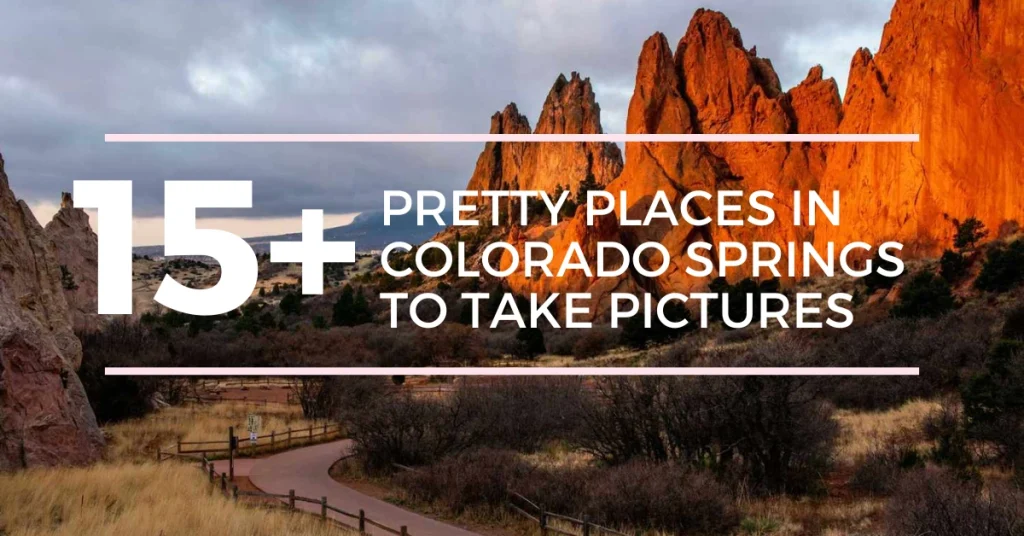6 Remote Heart Shaped Islands for Your Next Romantic Escape
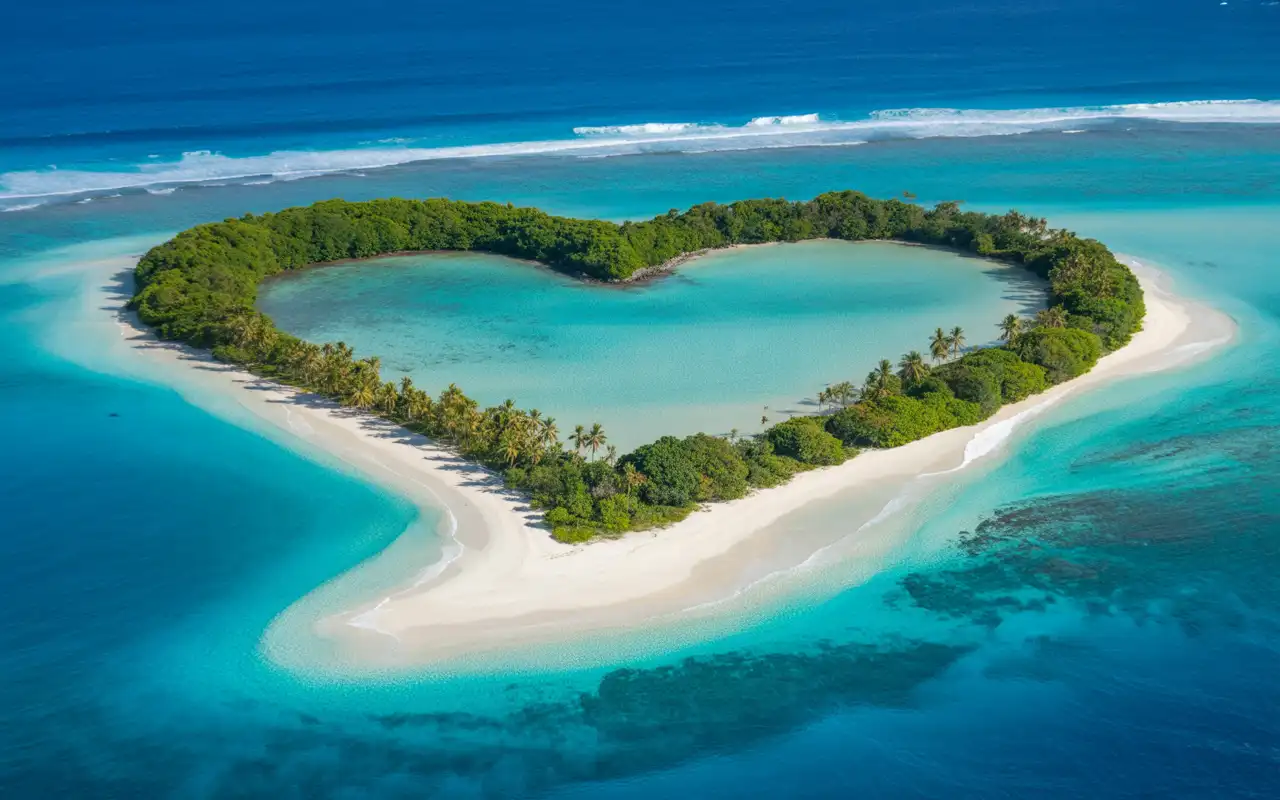
From the air, a heart shaped island feels like nature’s quiet confession. The world below folds into perfect symmetry, turquoise lagoons, green ridges, and white coral edges forming a symbol that speaks without words.
I’ve seen these shapes appear across oceans and continents, from coral rings in the Pacific to hidden lakes in Europe, each one stirring the same feeling of calm and connection.
Some are carved by coral, others framed by mangroves or volcanic cliffs. Each is different, yet all carry that same quiet pulse of discovery. When you find one, the world seems to slow down.
In this guide, I’ll take you through six remote wonders shaped by nature itself. You’ll learn when to go, how to reach them, and what makes each perfect for couples chasing peace, privacy, and beauty. Every heart shaped island here invites you to pause, breathe, and feel the planet’s softer side.
How We Chose These Six (Selection Criteria)
I’ve studied and visited dozens of contenders across the tropics, but only six met all key criteria:
• Remoteness and privacy: Each destination lies far from major tourist routes.
• Recognizable heart form: Visible from above via drone, flight, or satellite imagery.
• Accessibility: Reachable through local transport or private charter, not fantasy locations.
• Romantic appeal: Settings that feel personal, scenic, and ideal for couples.
• Ecological variety: Coral reefs, mangrove wetlands, tropical coasts, and volcanic lakes.
6 of the Most Romantic Heart Shaped Islands To Visit
These 6 tropical islands represent more than geography—they’re proof that love leaves visible marks on Earth.
1. Tupai Atoll — French Polynesia
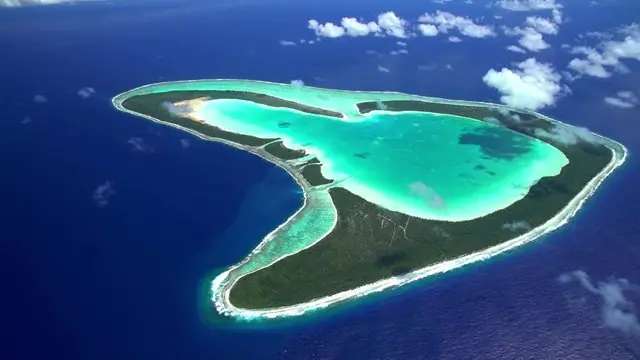
Tupai Atoll sits about 19 kilometers north of Bora Bora, forming a near-perfect heart when viewed from above. The shape appears from its coral rim enclosing turquoise shallows, a natural sculpture carved by the sea.
Remoteness & ambiance
This small tropical island remains uninhabited except for caretakers who maintain its airstrip. Palm trees line white beaches, and silence reigns except for seabirds and wind. It’s one of the few places in the Society Islands that still feels untouched.
Best time to go / season window
Visit between May and October, when dry trade winds bring stable weather and crystal-clear lagoon views. The heart outline is sharpest in midday sunlight when water transparency peaks.
How to reach
• Nearest international airport: Bora Bora Airport (BOB).
• Local transfer: Charter a scenic flight or helicopter with Tahiti Nui Helicopters for direct aerial viewing.
• Permits: Landing requires prior approval from local authorities; most travelers visit only by air.
Stay & romance
• Stay in Bora Bora and book a half-day flight over Tupai.
• Couples often choose private cruise or luxury yacht packages that include a flyover or lagoon approach.
• The best proposal moment is mid-flight when the full heart appears below—photographers from the helicopter service can capture it.
Things to do / features
• Combine your visit with nearby lagoon snorkeling in Bora Bora.
• Join a sailboat cruise through the Society Islands, where manta rays often swim along the reef edge.
• Sunset dinners back in Bora Bora complete the day perfectly.
Challenges & cautions
• No accommodation or services on the atoll.
• Landing restrictions apply, and weather can delay flights.
• Bring polarized sunglasses and camera filters for glare control.
2. Galesnjak Island — Croatia
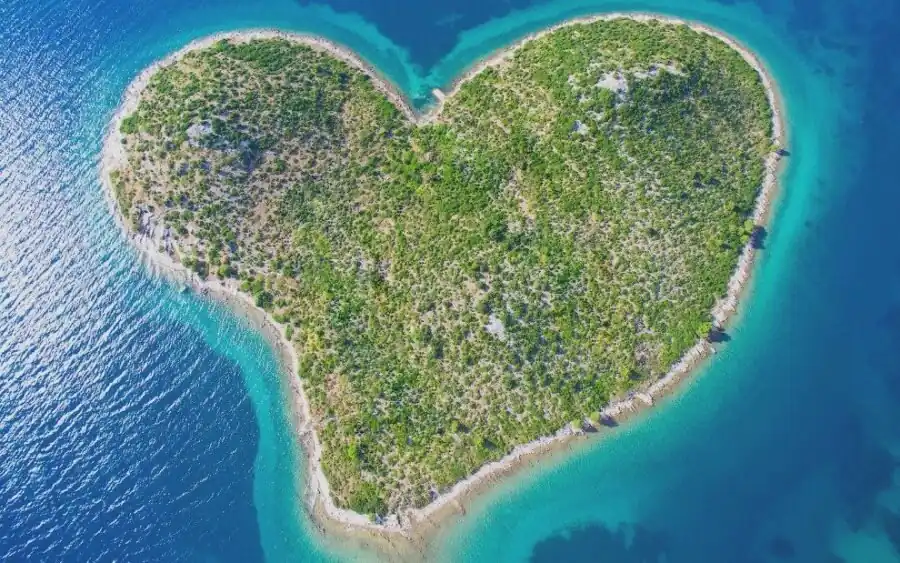
Known as “Lovers’ Island,” Galesnjak Island sits in the Pašman Channel near Zadar on the Croatian coast. Its near-symmetrical heart shape was first noticed on Google Earth, quickly making it a symbol of love worldwide. Unlike coral formations, this island’s outline comes from natural land erosion and low-lying shrubs that trace the perfect curve.
Remoteness & ambiance
The island spans only 0.13 square kilometers, entirely private and uninhabited. There are no buildings, roads, or piers—only stone paths, olive trees, and silence. From my last Croatia Cruise, I remember how its stillness contrasted with nearby islands filled with yachts. Here, you feel like you’ve stepped into a postcard that no one else knows exists.
Best time to go / season window
Late spring through early autumn (May–September) is best, when the Adriatic remains calm and the sun brings vibrant blues to the water.
How to reach
• Nearest international airport: Zadar Airport (ZAD).
• Local transfer: Hire a speed boat from nearby Turanj or Zadar harbor.
• Permits: The island is privately owned; you must request landing permission through the caretaker or local agency.
Stay & romance
• Stay in Zadar or nearby Biograd na Moru. Both towns offer boutique hotels with sea views.
• For the most romantic moment, book a private cruise or drone flight at sunset to see the heart glow orange against the Adriatic.
• Ideal for proposals, anniversaries, or quick day trips away from crowded marinas.
Things to do / features
• Short coastal walks and secluded picnics.
• Scenic aerial photography.
• Combine with nearby Krka National Park or Kornati National Park for a complete romantic itinerary.
Challenges & cautions
• No infrastructure, water, or shelter.
• Strong midday sun; carry essentials.
• Respect property boundaries and landing rules.
3. Heart Reef — Australia
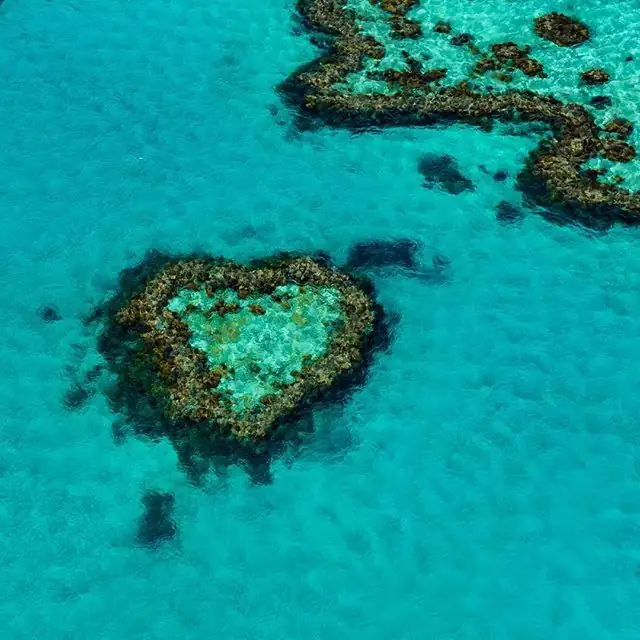
Inside the Great Barrier Reef, this coral formation naturally resembles a heart when viewed from above. It lies within Hardy Reef, near the Whitsundays, and remains one of Australia’s most famous romantic icons. Unlike larger islands, Heart Reef is small, protected, and inaccessible by swimmers or divers—its perfection is best admired from the sky.
Remoteness & ambiance
The area is uninhabited and protected under reef preservation laws. From my last flight with Air Whitsunday, I watched the turquoise water ripple around the coral’s outline, realizing how fragile yet perfect it looked—like nature’s own love letter.
Best time to go / season window
The ideal season runs from April to November when visibility peaks and rainfall stays low. During this window, water clarity allows vivid photographs from both aircraft and drones (if licensed).
How to reach
• Nearest international airport: Hamilton Island Airport (HTI) or Proserpine Airport (PPP).
• Local transfer: Book a scenic flight with local tour operators, often combined with snorkeling stops at Hardy Lagoon.
• Permits: Landing and diving are prohibited to protect the coral.
Stay & romance
• Base yourself in Airlie Beach or Hamilton Island.
• Choose helicopter packages that include luxury yacht stays or private reef picnics.
• Best proposal setting: midair, during golden hour, when light softens the turquoise hue.
Things to do / features
• Explore Whitsundays on a sailing charter.
• Visit Whitehaven Beach, known for its bright silica sand.
• Relax in onboard hot tubs and enjoy champagne sunsets.
Challenges & cautions
• Strict environmental regulations.
• Tours depend heavily on weather and visibility.
• Avoid booking during cyclone season (December–March).
4. Isla Corazón — Ecuador
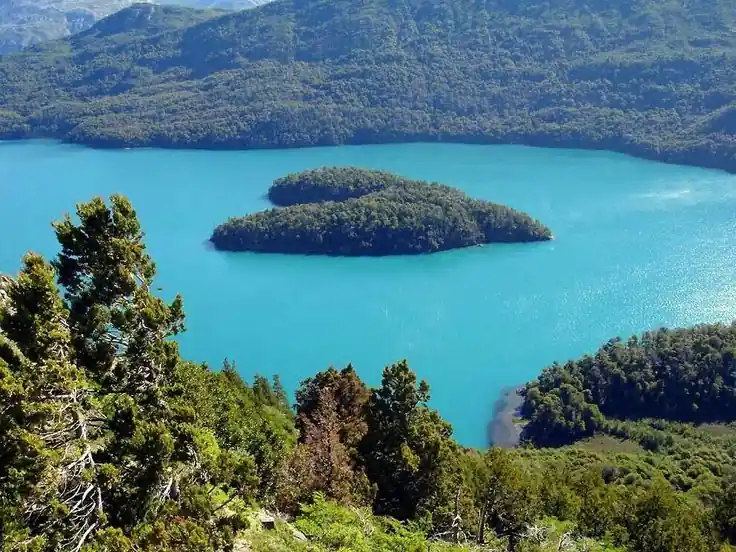
In Dolphin Bay, near Bocas town, lies Isla Corazón, a heart-shaped island created from dense mangroves rather than coral. Its form changes with tides, appearing most clearly at mid-tide.
Locals say it resembles a beating heart when seen from above—a living ecosystem breathing in rhythm with the Pacific.
Remoteness & ambiance
Situated along Ecuador’s coast near Bahía de Caráquez, Isla Corazón thrives as a protected sanctuary. Fishermen, birdwatchers, and eco-volunteers all work to maintain its fragile mangroves. The mood here feels raw, organic, and connected to local life—less polished, more authentic.
Best time to go / season window
Visit from June to December when skies are clearer and the water around the island calms, allowing better visibility for aerial shots.
How to reach
• Nearest international airport: Manta or Quito (with a domestic connection to Bahía de Caráquez).
• Local transfer: Hire a small speed boat from Bahía’s harbor to reach the island in under 20 minutes.
• Permits: None required for guided eco-tours, but stay within marked conservation zones.
Stay & romance
• Stay at eco-lodges along the coast with views of mangrove channels.
• Romantic experiences include kayaking through narrow waterways or birdwatching together.
• Guides often point out heart-shaped reflections at sunrise when water lies still.
Things to do / features
• Spot herons, pelicans, and other endemic species.
• Explore the mangrove roots by canoe.
• Support local conservation projects that fund community programs.
Challenges & cautions
• Mosquitoes and humidity are common; carry repellent.
• Bring dry bags for electronics.
• Avoid visiting during heavy rain when visibility drops.
5. Makepeace Island — Australia
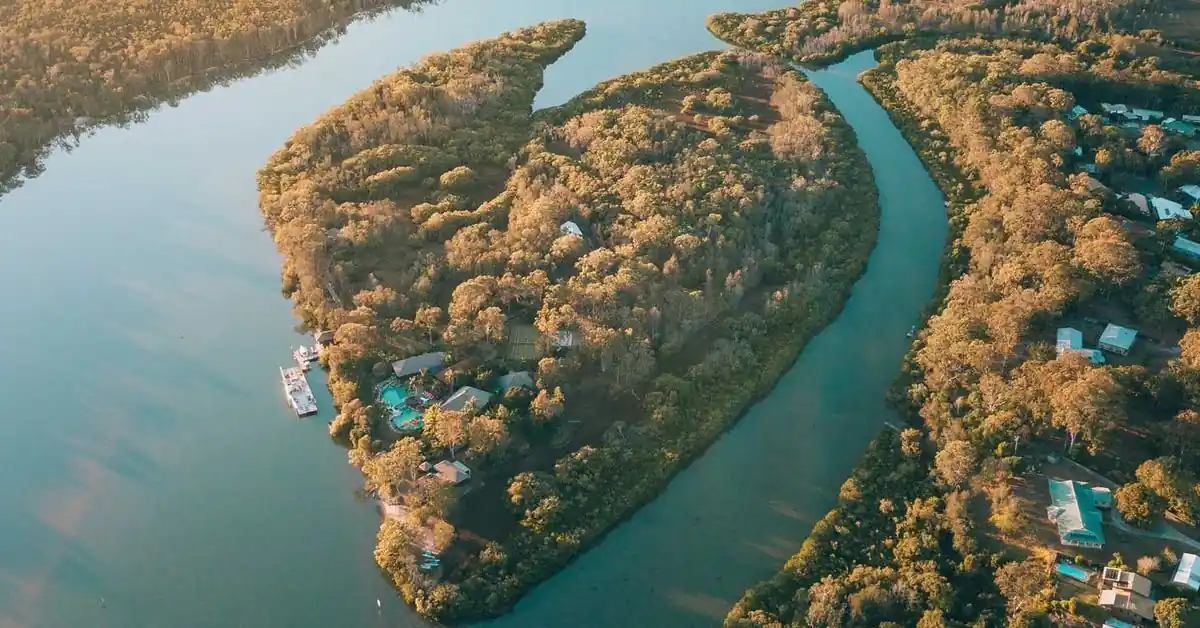
Nestled in the Noosa River on Queensland’s Sunshine Coast, Makepeace Island forms a subtle heart silhouette best seen from the air. The lush greenery and curved riverbanks outline a gentle, romantic shape that feels sculpted by time.
While not a coral atoll like Heart Reef, its land contour and tropical gardens make it one of the few heart-shaped islands where luxury and comfort coexist naturally.
Remoteness & ambiance
Owned by Sir Richard Branson, this private tropical island spans 25 acres and hosts only a handful of guests at a time. It’s quiet, exclusive, and filled with thoughtful details—from teak walkways to shaded pavilions surrounded by palms. Nights here feel like your own world, wrapped in the soft hum of cicadas and warm river air.
Best time to go / season window
September to November offers mild weather and bright skies, while March to May delivers softer light and fewer tourists in Noosa.
How to reach
• Nearest international airport: Sunshine Coast Airport (MCY).
• Local transfer: Short car ride to Noosa Heads, followed by a private boat transfer to the island.
• Permits: None required; booking includes all logistics.
Stay & romance
• Accommodations feature villas with jacuzzi tubs, open decks, and river views.
• Renewable solar panels and Outback lithium-ion batteries power the island.
• Guests enjoy gourmet meals cooked on a professional gas stove and served beside a granite counter-top dining area.
• For entertainment, there’s a 60-inch TV, though most prefer stargazing instead.
Things to do / features
• Couples’ massages, paddleboarding, and river kayaking.
• Romantic candlelit dinners under the palms.
• Private art tours or sunset cruises through the river channels.
Challenges & cautions
• Full-island booking minimums make it ideal for groups or high-end honeymoons.
• Reservations often close months in advance.
• Luxury pricing applies, but service quality matches the exclusivity.
6. Netrani Island — India
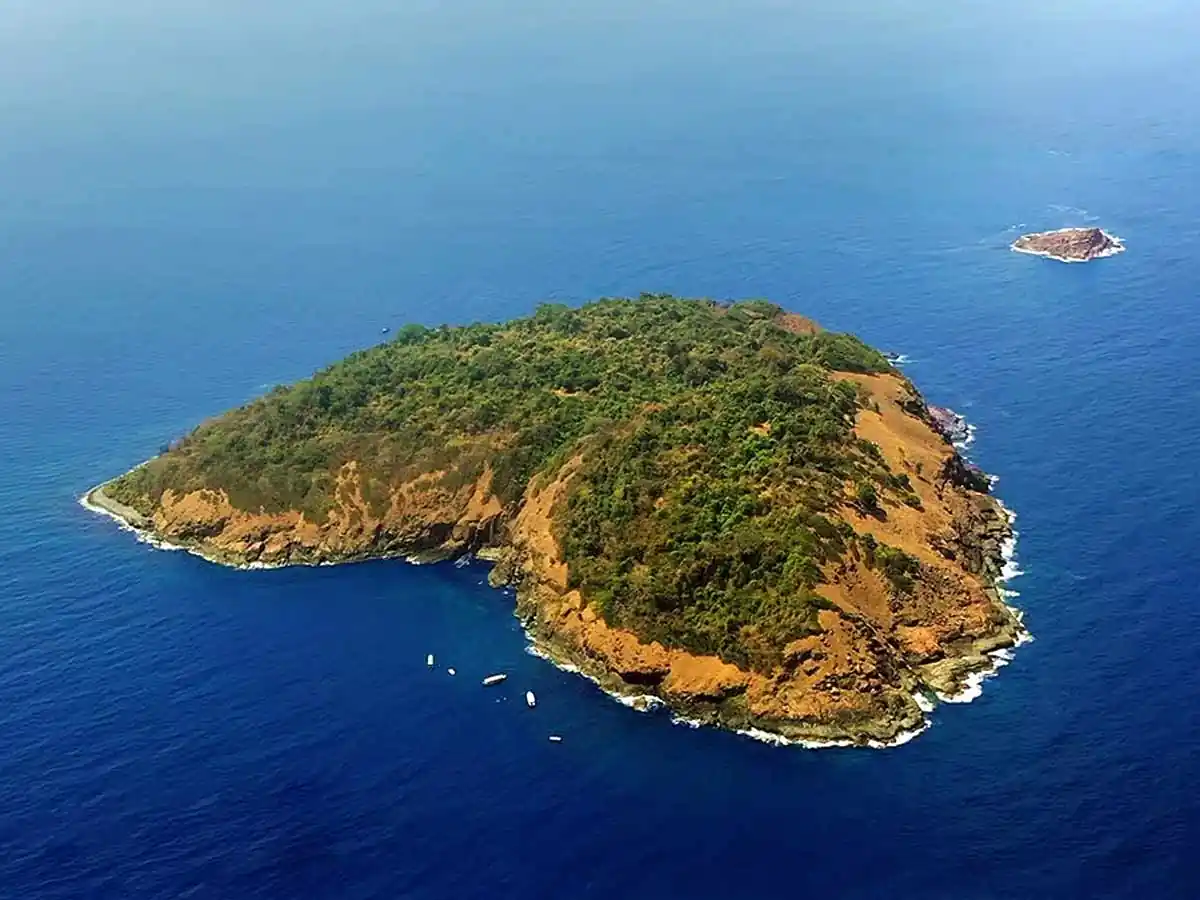
Off the coast of Karnataka, Netrani Island appears as a heart-shaped cliff rising from the Arabian Sea. Locals call it Pigeon Island, and from above, the jagged rock edges form a clear heart silhouette against the deep blue sea. It’s a diver’s paradise, not a resort stop, making it one of Asia’s most rugged romantic escapes.
Remoteness & ambiance
The island is uninhabited and surrounded by coral reefs teeming with fish, rays, and eels. During my visit, the isolation was almost surreal—just the sea breeze, waves, and the faint call of seabirds echoing across the cliffs.
Best time to go / season window
December to February offers calm seas and the best underwater visibility. Diving schools in Murudeshwar operate regular trips during these months.
How to reach
• Nearest international airport: Mangalore International Airport (IXE).
• Local transfer: Two-hour drive to Murudeshwar, then a one-hour speed boat ride to the island.
• Permits: Obtain local clearance from the Coast Guard before diving or anchoring nearby.
Stay & romance
• Stay in Murudeshwar or Bhatkal for oceanfront views.
• Best romantic moment: a dive together among colorful reefs before watching sunset from the boat deck.
• Couples often join small group tours for safety and guidance.
Things to do / features
• Scuba diving and snorkeling through coral gardens.
• Underwater photography of reef life.
• Occasional sightings of whale sharks in clear weather.
Challenges & cautions
• No facilities on the island.
• Diving restricted during monsoon (June–September).
• Carry motion-sickness tablets if prone to rough seas.
How to Plan a Romantic Heart-Island Escape
Planning a trip to a heart shaped island isn’t just about booking a flight. These destinations require timing, logistics, and flexibility. Remote islands test patience, but the reward—privacy and perfect views—is worth every effort.
Itinerary types
You can plan your getaway in two ways:
• Single-island retreat: Stay in one location, such as Makepeace or Tupai, and focus on relaxation.
• Multi-island adventure: Combine aerial views and island-hopping with local ferries or a sailboat cruise.
Travel logistics
• Charter flights and scenic flight routes are common for coral or lagoon islands.
• Keep backup days for weather changes, especially around the Great Barrier Reef or Indian Ocean.
• Some regions need prior landing approval or eco-permits, so always confirm before traveling.
Budgeting & costs
• Luxury yacht charters start near $2,000 per day, while local boats cost far less.
• Average resort stays on private islands can range between $600–$1,500 per night.
• Always include transfer and permit fees in your plan to avoid last-minute surprises.
Packing & gear
• Bring light clothing, reef shoes, waterproof bags, and compact cameras.
• Drone users should pack extra batteries and follow local drone regulations.
• A portable power bank can save your shoot day if you’re filming aerial content.
Timing & season
• Avoid cyclone and monsoon seasons.
• Aim for clear months between April and October for tropical clarity.
• Off-peak travel gives better privacy and room upgrades at many resorts.
Romantic & Photographic Strategies
Capturing a Heart-Shaped Island isn’t only about luck. Light, weather, and angles make all the difference.
Best time of day
Sunrise and sunset give the richest tones. For example, Tupai’s lagoon turns gold around 6 p.m., while Galesnjak Island glows pink under Adriatic twilight. Early light brings smoother shadows for drone shots.
Viewing from above
• Use licensed drones or local helicopter charters.
• Avoid glare by shooting during half-light or using filters.
• On-screen contrast improves when your browser window is in light mode and text is set to comfortable font size—a small reminder when editing your travel stories later.
Composition ideas
• Try framing the heart against water reflections.
• Capture foreground elements like sails or palms for scale.
• Experiment with visual design balance—symmetry often works best.
Privacy & exclusivity
• Visit during off-peak hours or weekdays.
• Couples booking a private cruise or resort package often get exclusive access to aerial time slots.
• For ultimate privacy, islands like Tupai and Makepeace allow limited daily entries.
Sustainability & Best Practices for Fragile Destinations
These heart-shaped paradises are fragile ecosystems that deserve respect. Responsible travel keeps them alive for the next generation of romantics.
Support local communities
Choose locally owned guides, eco-lodges, and boat operators. In Ecuador’s Isla Corazón, visitor funds support mangrove restoration and community schools through small NGOs similar to Maine Coast Heritage Trust programs along the Pine Tree State shoreline.
Minimize your footprint
• Carry reusable water bottles and cloth bags.
• Avoid sunscreen with reef-harming chemicals.
• Dispose of plastic properly, especially on tropical islands without waste systems.
Drone and reef protection
• Always follow local flight regulations to protect wildlife.
• In reef zones like the Great Barrier Reef and Heart Reef, drones must stay above legal altitude limits.
• Avoid landing near coral edges or nesting sites of seabirds.
Emergency and safety prep
• Always have travel insurance covering helicopter evacuation if needed.
• Check tide tables before any water trip.
• Inform your operator of allergies or health conditions—some regions lack medical facilities.
These small steps protect not only the islands but also your experience. Responsible travel always deepens connection, turning a simple trip into something truly lasting.
Risks, Permits & Safety Considerations
Traveling to a heart shaped island is romantic, but the logistics can test your patience. Many of these islands sit far from medical or communication facilities, so good preparation matters more than most travelers realize.
Medical coverage
• Always include evacuation insurance that covers helicopters or private flights.
• Remote places like Tupai or Heart Reef often require air evacuation if something goes wrong.
Navigational and weather hazards
• Strong currents near Netrani Island and Galesnjak Island can make small boats unstable.
• Coral zones in the Great Barrier Reef may close temporarily during reef-spawning periods.
• Check forecasts and carry GPS gear before setting sail.
Permits and licenses
• Some heart islands—especially Harbor Island in the Bahamas and certain marine zones in Fiji—require landing permission.
• In places like Tavarua Island, visitors must book official resort packages since it’s privately owned.
• Drone usage requires permits in Australia, Croatia, and Ecuador. Apply early to avoid delays.
Insurance and local rules
• Confirm if your plan covers diving or sailing accidents.
• Respect conservation rules: never remove coral, shells, or sand.
• If planning a speed boat or sailboat cruise, verify the operator’s registration and safety equipment.
Cultural etiquette
• Some locals treat heart-shaped formations as sacred, like the Polynesian goddess tales told near Bora Bora.
• Always ask before photographing residents or traditional ceremonies.
• Gratitude and small donations go a long way in preserving community goodwill.
Bonus: Hidden Hearts You Might Love
Not every heart-shaped wonder made the main list. A few are too remote, seasonal, or fragile for regular tourism—but they deserve mention for their beauty.
Blueberry Island — Canada
Located in Quebec, Blueberry Island forms a small green heart surrounded by blue lake water. It’s popular with drone photographers who share its aerial images every Valentine’s Day.
Mascardi Lake — Argentina
Within Nahuel Huapi National Park, Mascardi Lake splits into two arms that create a perfect heart when viewed from above. The mirrored peaks of the Andes frame it beautifully.
Trnovačko Lake — Montenegro
High in Durmitor National Park, Trnovačko Lake (also known as Trnovacko Lake) appears as a crisp alpine heart amid snowfields. Best seen from the ridge trail during summer hikes.
Lake Calvaresc — Switzerland
Hidden in Calanca Valley, Lake Calvaresc forms a soft, natural heart embraced by pine forest. It’s one of Europe’s least-known hiking destinations—quiet, serene, and ideal for couples chasing solitude.
Lake Ouler — Ireland
Inside the Wicklow Mountains National Park, near Tonelagee Mountain, sits Lake Ouler, a rare heart-shaped glacial basin. Locals call it “the romantic climb,” and rightly so—it’s one of the most photogenic places in Ireland.
Conclusion
After years of chasing coastlines and lagoons across continents, I’ve learned that a heart shaped island isn’t simply a place—it’s a feeling. Whether you’re flying over Heart Reef, sailing past Galesnjak Island, or hiking to Lake Calvaresc, that unmistakable curve of land and water has the same effect every time: it slows you down and reminds you what matters most.
These tourist destinations—remote, wild, and pure—carry stories within their shapes. Local guides tell legends of the Polynesian goddess who created them as symbols of love. Conservationists protect their delicate reefs and mangroves with the same care you’d protect something precious. Every trip is a small promise to tread lightly and cherish the view.
If you plan your visit during Valentine’s Day, you’ll find these islands even more magical. Sunrise flights over Tupai or Blueberry Island turn gold, while evenings on Harbor Island shimmer under pink skies. Couples often describe it as being inside a postcard—one written by nature itself.
To keep your travel memories vivid:
• Save your aerial shots using Google Earth tags for later editing.
• Adjust your content layout and font size adjustment if sharing your story online for better visual accessibility.
• Always focus on connection rather than perfection.
So, choose your destination, set your compass, and follow the curves of the world’s most romantic landscapes. Somewhere out there, a heart shaped island is waiting—ready to remind you why love and adventure always belong together.
FAQs (Romance, Logistics, Travel)
1. Can I land on Heart Reef or see it only from air?
You can only view Heart Reef by air due to conservation laws protecting the Great Barrier Reef. Most travelers book a scenic flight or helicopter tour for the best view.
2. Is Galesnjak privately owned? Can couples stay overnight?
Yes, the island is private. Short visits are allowed with advance permission, but there are no facilities for overnight stays.
3. Which heart shaped island is best for snorkeling?
Netrani Island and Tavarua Island offer exceptional coral and fish visibility. Both suit adventure-loving couples who want to mix romance with diving.
4. Are there heart-shaped islands in colder climates?
Yes. Lake Ouler in Ireland and Trnovačko Lake in Montenegro form natural heart shapes in alpine regions.
5. What’s the best time to plan a romantic visit?
Between April and October for most tropical islands, though southern hemisphere locations like French Polynesia peak from May to October.
6. What permits do I need?
Drone and landing permits vary by country. Some areas like Harbor Island and Tavarua Island require private access approval.
7. How remote are these places?
Expect transfers via speed boat, small aircraft, or helicopter. Tupai, for example, requires coordination with Tahiti Nui Helicopters from Bora Bora.
8. Is drone photography allowed?
Yes, with proper licensing. Always respect altitude limits and avoid wildlife zones.
9. What about cultural etiquette?
Learn greetings and customs before visiting. In the Pacific, acknowledging local legends like the Polynesian goddess shows respect.
10. Which destination offers the most luxury?
Makepeace Island tops the list with jacuzzi tubs, solar panels, and high-end villas, while Harbor Island provides resort luxury in a Caribbean setting.
Recent Posts
 How to Reach Yukevalo Island: Complete Route Guide 2025
How to Reach Yukevalo Island: Complete Route Guide 2025 How to Visit Victoria Falls the Smoke That Thunders in 5 Days (No-Stress Guide)
How to Visit Victoria Falls the Smoke That Thunders in 5 Days (No-Stress Guide) 20 Surreal Places in Mexico That Feel Too Dreamy to Be Real (2025)
20 Surreal Places in Mexico That Feel Too Dreamy to Be Real (2025) What Makes Santiago Ways the Most Trusted Camino Agency?
What Makes Santiago Ways the Most Trusted Camino Agency? What Makes Orbis Ways the Go-To Choice for Outdoor Travel Enthusiasts?
What Makes Orbis Ways the Go-To Choice for Outdoor Travel Enthusiasts?
